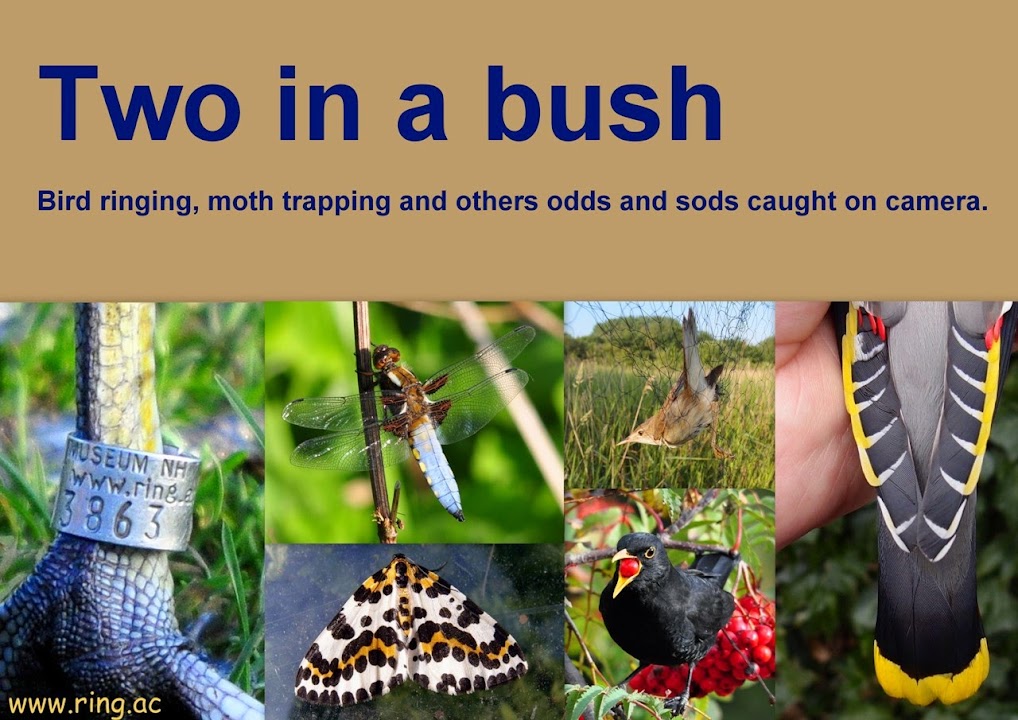View GR03863 Coot in a larger map
Recovery information for Coot GR03863 or Cwtiar in Welsh
Ringed 23/12/10 Cosmeston Lakes, near Penarth, Glamorgan.
Sighted 03/02/12 Worthington Lakes, Standish, Wigan, Greater Manchester 244 km N.
Sighted 11/12/13 Orrell Water Park, Orrell, Wigan, Greater Manchester 237km N of Comeston Lakes and 9km SSE of Worthington Lakes. The distances moved being the long and short of the post title if you hadn't worked it out already.
You can also view a different version of the map by clicking here. I have been messing around with google maps and can't decide if I like the lite version.
 |
| A well travelled Coot but probably a northerner at heart. |
Coot movements are complicated to say the least and they move around far more often than most people realise. Most birders haven't even seen a Coot fly other than perhaps a short low flight across part of a lake. That is because Coot movements happen under the cover of darkness and simply don't get noticed unless they are heard calling in flight. I am lucky enough to live near a couple of small lakes and it is not uncommon for me to hear them flying overhead along with the responses from the Coots on the water. This two way communication is clearly important and may help birds find good feeding areas or avoid conflict. It is certainly an area that deserves further study.

No comments:
Post a Comment